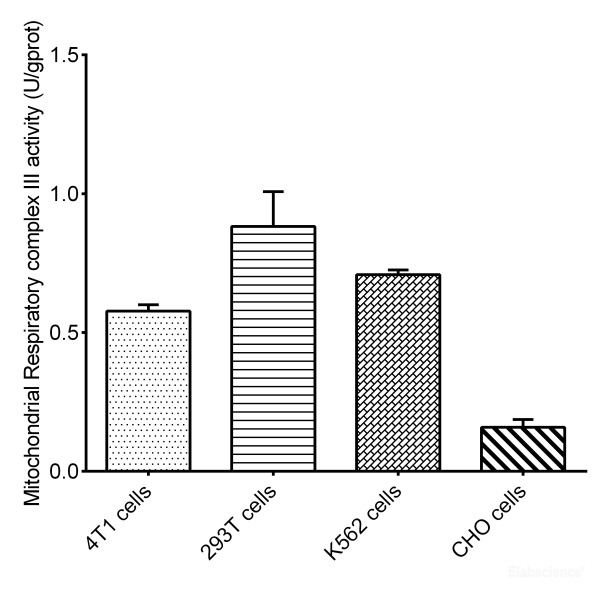Cookie preferences
This website uses cookies, which are necessary for the technical operation of the website and are always set. Other cookies, which increase the comfort when using this website, are used for direct advertising or to facilitate interaction with other websites and social networks, are only set with your consent.
Configuration
Technically required
These cookies are necessary for the basic functions of the shop.
"Allow all cookies" cookie
"Decline all cookies" cookie
CSRF token
Cookie preferences
Currency change
Customer-specific caching
FACT-Finder tracking
Individual prices
Selected shop
Session
Comfort functions
These cookies are used to make the shopping experience even more appealing, for example for the recognition of the visitor.
Note
Show the facebook fanpage in the right blod sidebar
Statistics & Tracking
Affiliate program
Conversion and usertracking via Google Tag Manager
Track device being used
| Item number | Size | Datasheet | Manual | SDS | Delivery time | Quantity | Price |
|---|---|---|---|---|---|---|---|
| E-BC-K836-M.48 | 48 wells | - | - |
7 - 16 business days* |
277.00€
|
||
| E-BC-K836-M.96 | 96 wells | - | - |
7 - 16 business days* |
376.00€
|
If you have any questions, please use our Contact Form.
You can also order by e-mail: info@biomol.com
Larger quantity required? Request bulk
You can also order by e-mail: info@biomol.com
Larger quantity required? Request bulk
Detection principle: Mitochondrial complex III, also known as cytochrome c reductase complex, its... more
Product information "Cell Mitochondrial Complex III (Coenzyme Q-Cytochrome C Reductase) Activity Assay Kit"
Detection principle: Mitochondrial complex III, also known as cytochrome c reductase complex, its main function is to oxidize the reduced coenzyme Q10 formed by mitochondrial complexes I and II to oxidative coenzyme Q10. In this process, the OD value increased at 550 nm. Therefore, the activity of mitochondrial complex III can be quantified by measure the change OD value at 550 nm. Performance characteristics: Synonyms: Coenzyme Q-Cytochrome C Reductase. Sample type: cell. Sensitivity: 0.73 U/L. Detection range: 0.73-29.3 U/L. Detection method: Colorimetric method. Assay type: Enzyme Activity. Assay time: 30 min. Precision: Average inter-assay CV: 4.5-10%, Average intra-assay CV: 3.5-5.0%. Storage: -20?. Valid period: 12 months. Protein function: [Cytochrome b-c1 complex subunit Rieske, mitochondrial]: Component of the ubiquinol-cytochrome c oxidoreductase, a multisubunit transmembrane complex that is part of the mitochondrial electron transport chain which drives oxidative phosphorylation (PubMed:31883641). The respiratory chain contains 3 multisubunit complexes succinate dehydrogenase (complex II, CII), ubiquinol- cytochrome c oxidoreductase (cytochrome b-c1 complex, complex III, CIII) and cytochrome c oxidase (complex IV, CIV), that cooperate to transfer electrons derived from NADH and succinate to molecular oxygen, creating an electrochemical gradient over the inner membrane that drives transmembrane transport and the ATP synthase. The cytochrome b- c1 complex catalyzes electron transfer from ubiquinol to cytochrome c, linking this redox reaction to translocation of protons across the mitochondrial inner membrane, with protons being carried across the membrane as hydrogens on the quinol. In the process called Q cycle, 2 protons are consumed from the matrix, 4 protons are released into the intermembrane space and 2 electrons are passed to cytochrome c. The Rieske protein is a catalytic core subunit containing a [2Fe-2S] iron- sulfur cluster. It cycles between 2 conformational states during catalysis to transfer electrons from the quinol bound in the Q(0) site in cytochrome b to cytochrome c1. Incorporation of UQCRFS1 is the penultimate step in complex III assembly (PubMed:28673544). [The UniProt Consortium]
| Keywords: | EC=7.1.1.8, Cell Mitochondrial Complex III (Coenzyme Q-Cytochrome C Reductase) Activity Assay Kit |
| Supplier: | Elabscience |
| Supplier-Nr: | E-BC-K836-M |
Properties
Database Information
| KEGG ID : | K00411 | Matching products |
| UniProt ID : | P47985 | Matching products |
| Gene ID | GeneID 7386 | Matching products |
Handling & Safety
| Storage: | -20°C |
| Shipping: | -20°C (International: -20°C) |
Caution
Our products are for laboratory research use only: Not for administration to humans!
Our products are for laboratory research use only: Not for administration to humans!
Information about the product reference will follow.
more
You will get a certificate here
Viewed






